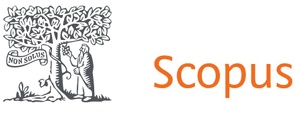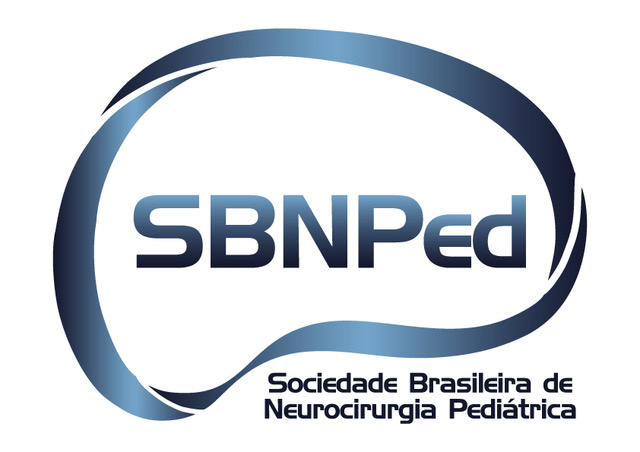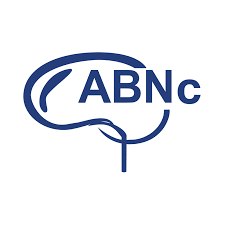Endoscopic Third Ventriculostomy: long term results
DOI:
https://doi.org/10.46900/apn.v3i1(January-April).68Keywords:
Neuroendoscopy, Aqueductal stenosis, Hydrocephalus, TumorAbstract
Objective: Hydrocephalus is a major cause of morbidity in the pediatric population, with potentially severe consequences if left untreated hydrocephalus.
Endoscopic third ventriculostomy (ETV) has become the method of choice in the treatment of obstructive hydrocephalus. However, age, ventricular anatomy, and etiology could determine success rates (SR) of ETV. The aim of this study was to identify putative factors that could influence the outcome of ETV in children.
Methods: Clinical data of 148 consecutive patients under 18 years of age who underwent 150 consecutive ETVs from January 2000 to January 2019 were reviewed. Data were analyzed with regards to clinical and radiological SR. The actual long-term SR was compared to that predicted by the ETV Success Score (ETVSS) model.
Results/Discussion: The study group included 63 males (43%) and 85 females (57%) ranging in age from 11 days to 18 years (mean age of, 6.17 ± 1.02 years; median age 4.5 years) at surgery. Concerning the etiology of hydrocephalus, tumors and aqueductal stenosis (AS) were the most frequently observed, with each occurring in 43 cases (29%), followed by malformations in 31 (21%), cystic lesions in 7 (5%) and other etiologies in 67 patients (16%). The overall SR at the first ETV attempt was 80% (118/148), compared to 74.8% (variance 14.35, 95% CI 69.37–78.22) predicted by the ETVSS. Regarding age, SR was 58% in patients under 6 months of age, 65% in children between 6 months and 1 year, and 86% in children older than 1 year. SR for AS and hydrocephalus associated with posterior fossa tumors were 88 and 90%, respectively. Unsatisfactory results were related to previous intraventricular hemorrhage and infection. The overall complication rate in this series was 13%.
The lower SR after ETV in young children may be explained by the poor CSF reabsorption capacity of newborn infants due to immaturity of the arachnoid granulations;
Univariate and multivariate analysis showed in our series that both the etiology of hydrocephalus and patient´s age group were relevant factors predicting success.
A literature review showed that SR in children under 6 months of age ranged from 32% to 45%, and in children older than one year it ranged from 56% to 71%. A few studies have analyzed the postoperative course and SR after a period of 3 years.
Conclusion: ETV is safe and effective in children. In this series, the age of the patient and etiology of hydrocephalus were related to SR. Also, the ETVSS was accurate to predict outcome. Intraventricular hemorrhage, previous CNS infection, myelomeningocele, prematurity and recurrent shunt revisions have been associated with high failure rates of ETV in all age groups, particularly in infants under 6 months of age. In a long-term follow-up, surgical experience was statistically significant in reducing complications.
Downloads
References
Zaben M, Manivannan S, Sharouf F, Hammad A, Patel C, Bhatti I, Leach P. The efficacy of endoscopic third ventriculostomy in children 1 year of age or younger: A systematic review and meta-analysis. Eur J Paediatr Neurol. 2020 May;26:7-14. doi: 10.1016/j.ejpn.2020.02.011
Furlanetti LL, Santos MV, de Oliveira RS. The success of endoscopic third ventriculostomy in children: analysis of prognostic factors. Pediatr Neurosurg. 2012;48(6):352-9. doi: 10.1159/000353619. Epub 2013 Jul 31.
de Oliveira RS. Hydrocephalus. History of Surgical Treatment over the centuries. Arch Pediat Neurosurg. 2020Apr.1 [cited 2020Oct.23];2(1(January-April):33.
Available from: http://www.archpedneurosurg.com.br/pkp/index.php/sbnped2019/article/view/16

Downloads
Additional Files
Published
How to Cite
Issue
Section
License
Copyright (c) 2020 Ricardo Santos de Oliveira

This work is licensed under a Creative Commons Attribution 4.0 International License.

When publishing in Archives of Pediatric Neurosurgery journal, authors retain the copyright of their article and agree to license their work using a Creative Commons Attribution 4.0 International Public License (CC BY 4.0), thereby accepting the terms and conditions of this license (https://creativecommons.org/licenses/by/4.0/legalcode).
The CC BY 4.0 license terms applies to both readers and the publisher and allows them to: share (copy and redistribute in any medium or format) and adapt (remix, transform, and build upon) the article for any purpose, even commercially, provided that appropriate credit is given to the authors and the journal in which the article was published.
Authors grant Archives of Pediatric Neurosurgery the right to first publish the article and identify itself as the original publisher. Under the terms of the CC BY 4.0 license, authors allow the journal to distribute the article in third party databases, as long as its original authors and citation details are identified.


























